Parfrey's Glen: Richard Hurd (ra_hurd), CC BY 2.0, via Flickr @ https://www.flickr.com/photos/rahimageworks/7786073334/
Baraboo Hills: Jim (recubejim), CC BY-SA 2.0, via Flickr @ https://www.flickr.com/photos/86886338@N00/3945312805/
closeup of Parfrey's Glen characteristic conglomerates: Joshua Mayer (wackybadger), CC BY-SA 2.0, via Flickr @ https://www.flickr.com/photos/wackybadger/4299725394/
Parfrey's Glen Creek: Wisconsin Department of Natural Resources, CC BY-ND 2.0, via Flickr @ http://www.flickr.com/photos/widnr/6583074571/
"Art in the manor", 1896 oil on canvas by Jacek Malczewski (July 15, 1854–October 8, 1929), National Museum in Warsaw: BurgererSF, Public Domain, via Wikimedia Commons @ http://commons.wikimedia.org/wiki/File:Malczewski_Art_in_the_manor.JPG
Brown-headed cowbirds (Molothrus ater) have a parasitic relationship with Acadian flycatchers and Cerulean warblers. Illustration of female and male brown-headed cowbirds by Canadian painter, draftsman and illustrator Frank Charles "F.C." Hennessey; Birds of Eastern Canada (1919), Plate XXVI, page 248; female (flying), male (standing): Biodiversity Heritage Library (BioDivLibrary), Public Domain, via Flickr @ https://www.flickr.com/photos/biodivlibrary/51156825700/; P.A. (Percy Algernon) Taverner, Birds of Eastern Canada, Public Domain, via Biodiversity Heritage Library @ https://www.biodiversitylibrary.org/page/14457686
Acadian flycatcher (Empidonax virescens): Tnolley, Public Domain, via Wikimedia Commons @ https://en.wikipedia.org/wiki/File:Acadian_Flycatcher.jpg
cerulean warbler (Setophaga cerulea: Mdf, CC BY-SA 3.0, via Wikimedia Commons @ https://commons.wikimedia.org/wiki/File:Dendroica-cerulea-002.jpg
brown trout (Salmo trutta) compete with predaceous diving beetles for caddisfly larvae: Eric Engbretson, Public Domain, via Wikimedia Commons @ https://commons.wikimedia.org/wiki/File:Salmo_trutta.jpg
mountain maple (Acer spicatum): Superior National Forest, CC BY 2.0, via Flickr @ https://www.flickr.com/photos/superiornationalforest/5098095580/
Florentine flowers on Flora's dress: Public Domain, via Wikimedia Commons@ https://commons.wikimedia.org/wiki/File:Morgan,_Evelyn_de_-_Flora_-_1894.jpg
mature yellow birch: Homer Edward Price (homeredwardprice), CC BY 2.0, via Flickr @ https://www.flickr.com/photos/28340342@N08/6240696553/
northern blue monkshood, Parfrey's Glen State Natural Area: Aaron Carlson, CC BY SA 2.0, via Wikimedia Commons @ https://commons.wikimedia.org/wiki/File:Aconitum_noveboracense.jpg
gymnosporangium, a rust disease, on a juniper tree (Juniperus) in Parfrey's Glen: Mark Sadowski, CC BY-SA 2.0, via Flickr @ https://www.flickr.com/photos/ms4denmark/145576796/
sulphur cinquefoil (Potentilla recta), Parfrey's Glen: Joshua Mayer (wackybadger), CC BY-SA 2.0, Flickr @ https://www.flickr.com/photos/wackybadger/4299724684/
walkway at Parfrey's Glen in May: Mark Sadowski, CC BY SA 2.0, via Flickr @ https://www.flickr.com/photos/ms4denmark/145372001/
gorgeous gorge inside Parfrey's Glen: Joshua Mayer (wackybadger), CC BY SA 2.0, via Flickr @ https://www.flickr.com/photos/wackybadger/4299726712/
droplet reflection: trees are reflected in drop of water at Parfrey's Glen: Mark Sadowski, CC BY-SA 2.0, via Flickr @ https://www.flickr.com/photos/ms4denmark/145373549/


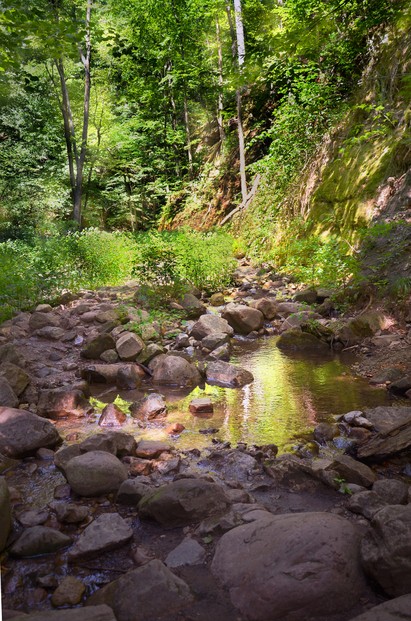
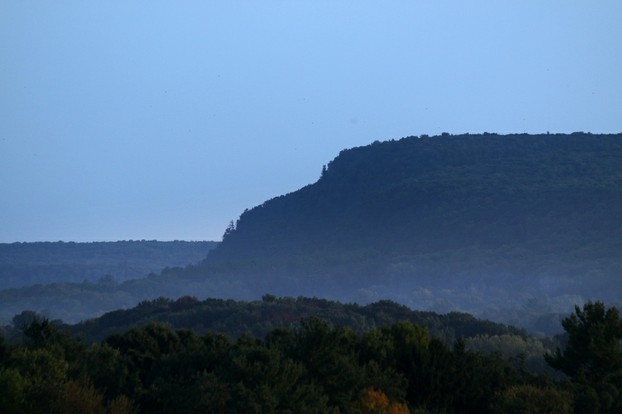
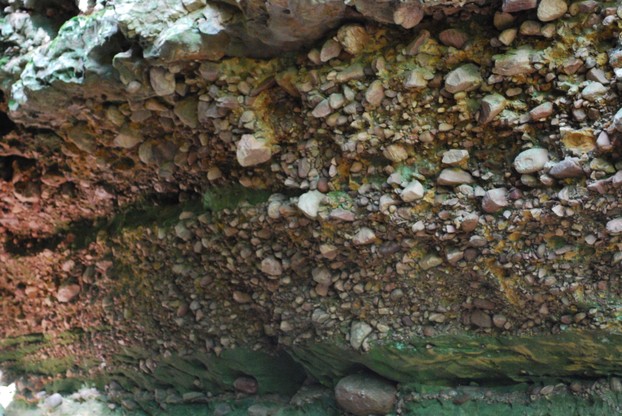
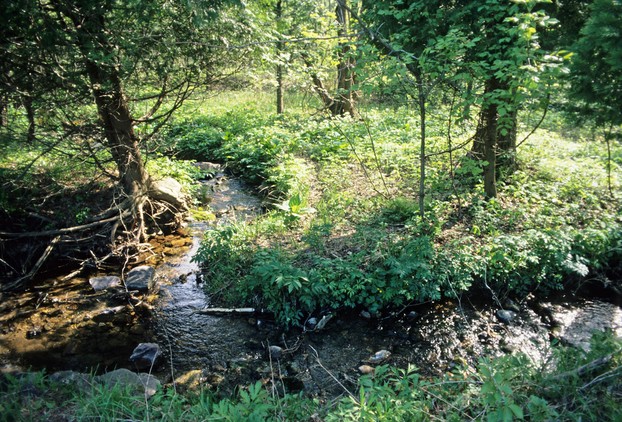
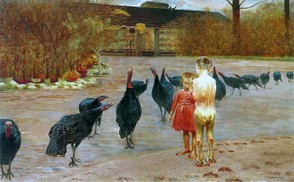
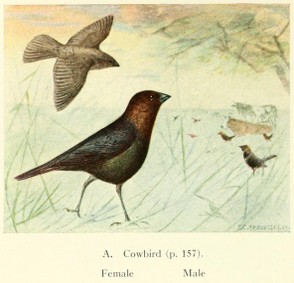
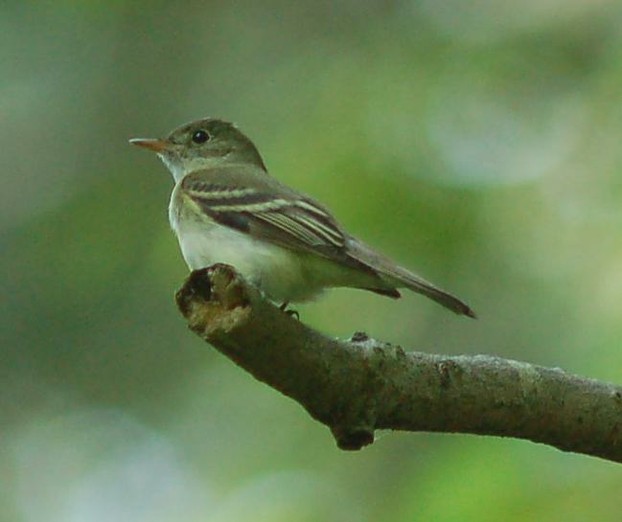
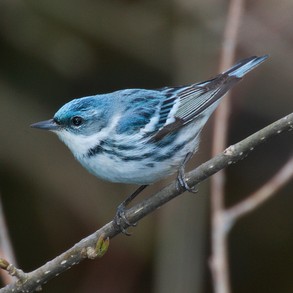
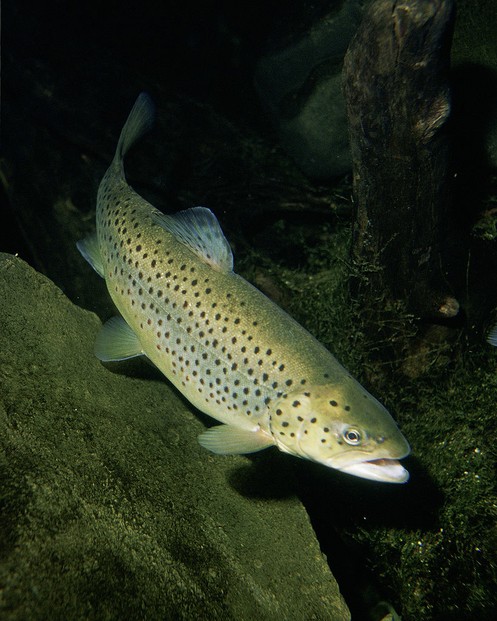
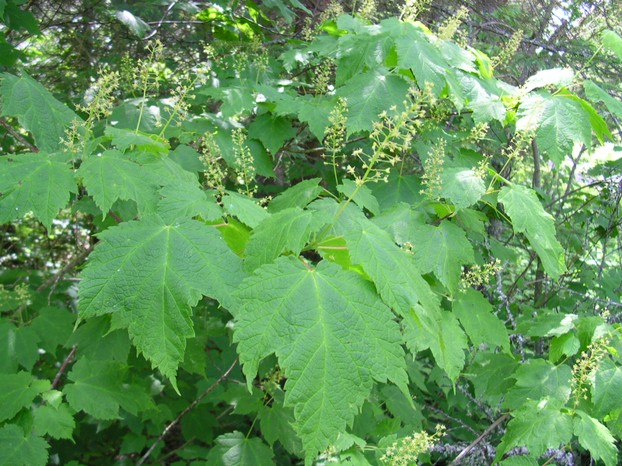
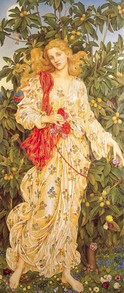
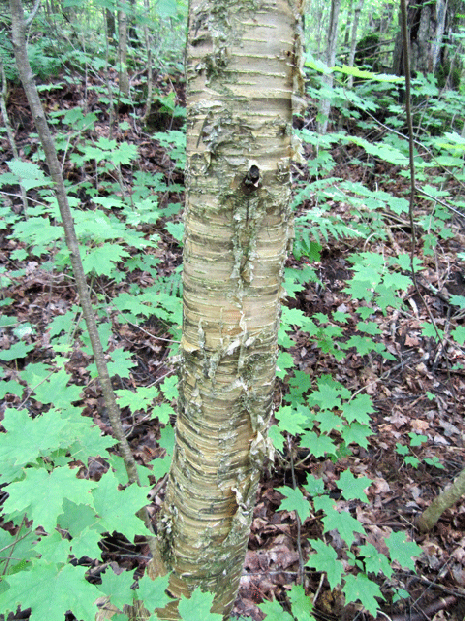
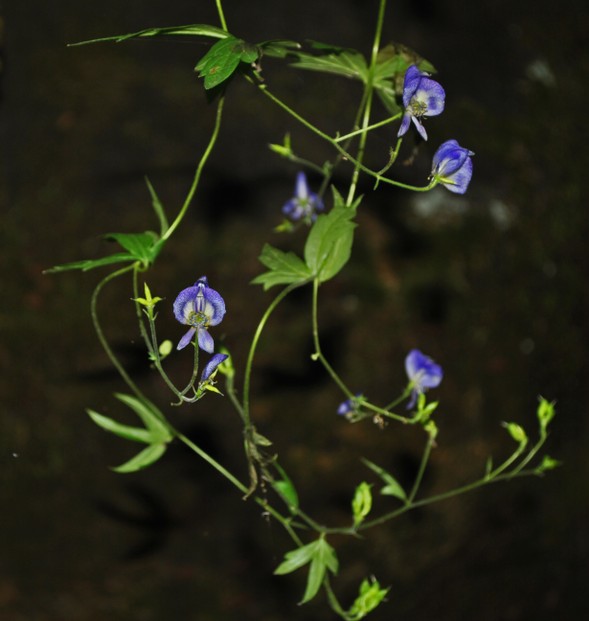
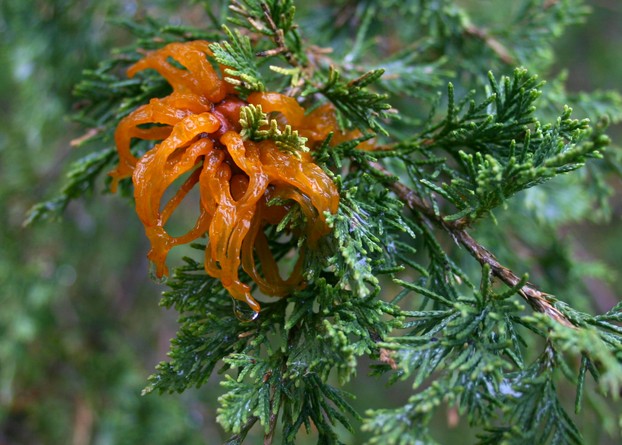
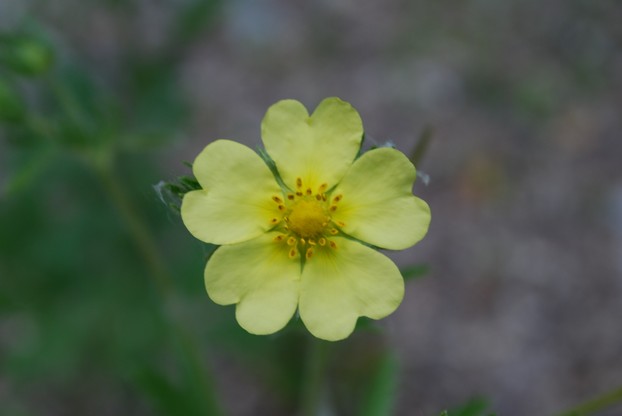
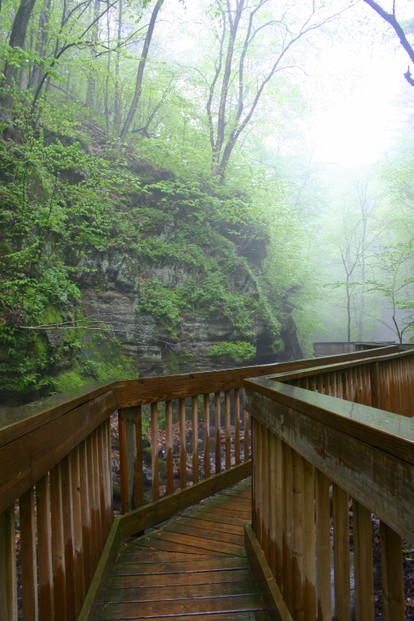
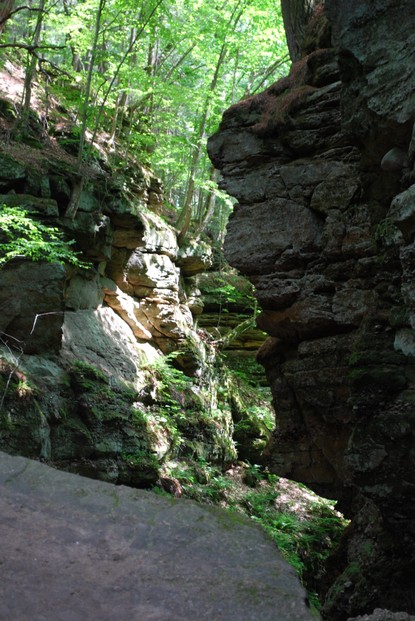
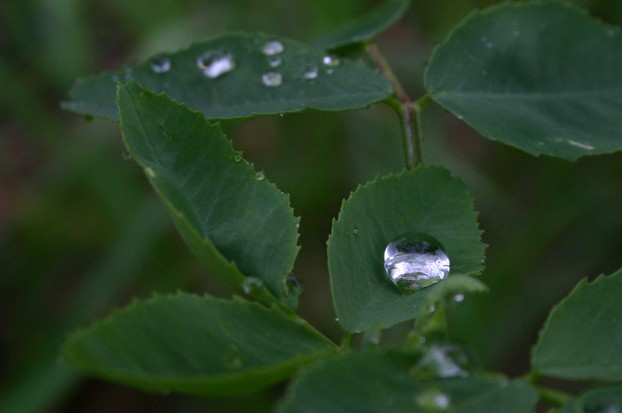



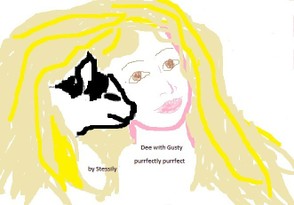
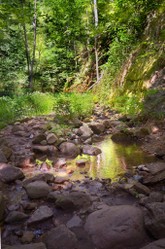

 Are Hawaiian Huakai Po Nightmarchers Avenging Halloween Thursday?on 10/02/2024
Are Hawaiian Huakai Po Nightmarchers Avenging Halloween Thursday?on 10/02/2024
 Mailing Addresses for 2023 Form 4868 Extending 1040 and 1040SR April 15, 2024, Due Dateon 04/15/2024
Mailing Addresses for 2023 Form 4868 Extending 1040 and 1040SR April 15, 2024, Due Dateon 04/15/2024
 Mailing Addresses for 2023 Forms 1040 and 1040SR Filed in 2024on 04/15/2024
Mailing Addresses for 2023 Forms 1040 and 1040SR Filed in 2024on 04/15/2024
 Mailing Addresses for 2022 Form 4868 Extending 1040 and 1040SR April 18, 2023, Due Dateon 04/13/2023
Mailing Addresses for 2022 Form 4868 Extending 1040 and 1040SR April 18, 2023, Due Dateon 04/13/2023

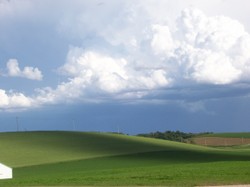
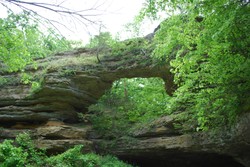
Comments
The computer crashed before I could conclude the component commenced below concerning my previous observation and question.
Today is the last day of the February month invoking crepes and pancakes.
So one might munch on crepes and pancakes covered with hickory syrup (like from the park species) with mountain-maple (Acer spicatum) fruited jams and jellies.
Mightn't one munch also on afore-mentioned February crepe- and pancake-month, hickory-syruped crepes and pancakes with mountain-maple flower and seed and yellow-birch (Betula alleghaniensis) leaf and seed salads.
Wouldn't that work wonderfully on this wonderfully warm day and evening?
The computer crashed before I could complete the component commenced below to my initial observation and question the second comment box down.
A Parfrey's glen-styled rocky, stony, watery mini garden contains both quartzite and sandstone.
That "plum pudding stone" display of quartzite boulder- and pebble embedded sandstone is quite impactfully aesthetic and ecological, correct?
It prettifies the Arcadian flycatchers and cerulean warblers in mountain maples and yellow birches amidst northern blue monkshood-, round-stemmed false foxglove-, Skinner's pale false foxglove-covered cultivations and vice versa, right?
The computer crashed before I could continue to another component of my observation and question immediately below.
Parfrey's glen aids those whom rocky, watery mini gardens allure.
Can you imagine the environmental beauty, health and learning from a back-yard -- or front-yard ;-D -- rocky, stony, watery garden with Arcadian flycatchers and cerulean warblers in mountain maples and yellow birches amidst northern blue monkshood-, round-stemmed false foxglove-, Skinner's pale false foxglove-covered cultivations?
Parfrey glen birds cause me to consider other animal sentients, partly because of the similarity between the words palfrey and parfrey.
Online sources confirm a connection between the two words through parfrey origins in the French word parfrement. The latter word describes the person who did horse-saddling for women riders. The 1066 conquest of Anglo-Saxon England by the northern French established palfreyman as the person in charge of palfreys (also known as colts).
Don't the above details draw one towards doing Parfrey's Glen on horseback? What a delight!
Mira, I'm glad that you noticed the bird information since Parfrey's Glen is a wonderful place for appreciating our fine-feathered friends any time of the year. Thank you for visiting, commenting, and welcoming me back to Wizzley!
Wow! I just quickly skimmed the pictures but will come back to read the article. Love that you included some bird information as well. Welcome back to Wizzley! :)
It's worth the visit because among its most charming features are what I and my siblings always called "fairy waterfalls"! Thank you for visiting and commenting.
This place looks amazing! I'd love to visit, if I'm ever in Wisconsin.